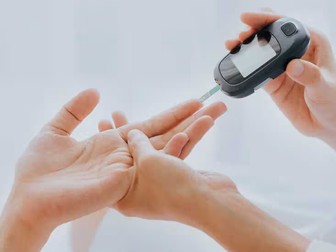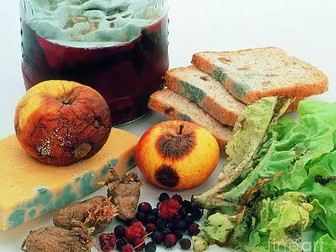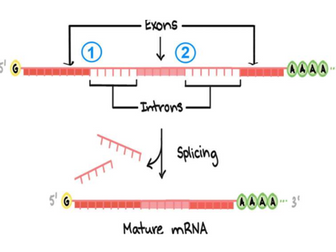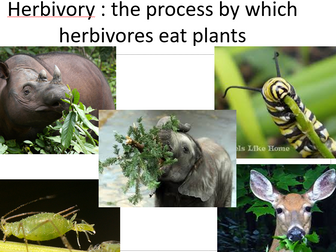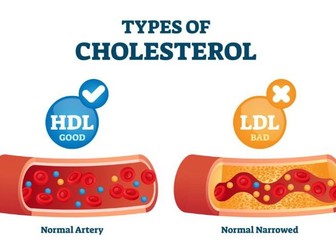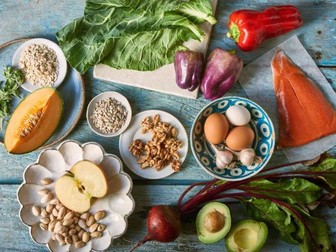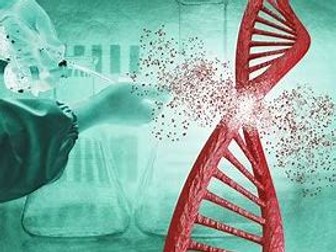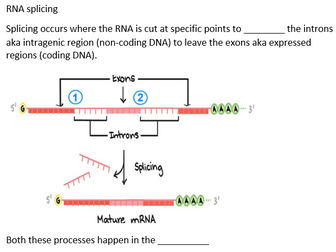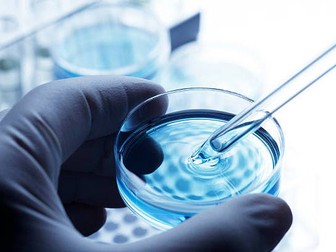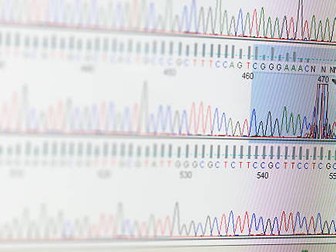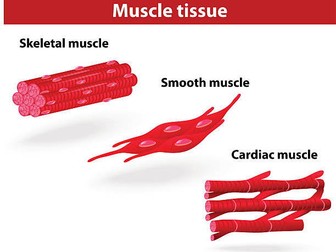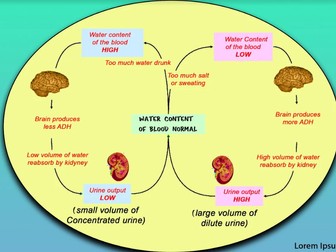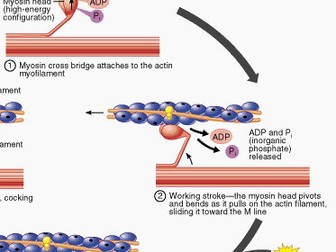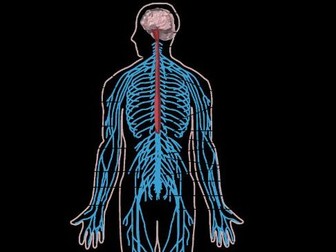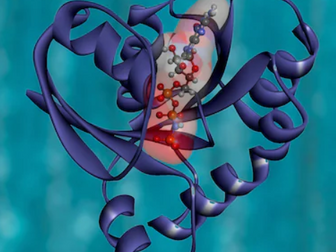Smoking, Vaping and Disease
<p>This Booklet on Smoking and Vaping teaches clearly the diseases linked and the effects they cause.<br />
It goes into great detail starting with the Substances that are found in Cigarettes including Tar, Carbon monoxide and Nicotine.<br />
The booklet then explain the effects of Tar on the gaseous exchange system.<br />
Diseases that are explained in great detail are :<br />
Chronic Obstructive Pulmonary disease<br />
Chronic Bronchitis<br />
Emphysema<br />
Lung cancer<br />
Each disease is explained how Tar and smoking is the cause then further explaining Consequences, Symptoms and treatment.<br />
The Booklet then explains the effect of Nicotine and Carbon monoxide passing into the blood and causing changes in circulation. leading to Cardiovascular Disease.<br />
The three most significant Cardiovascular diseases are the explained<br />
Atherosclerosis<br />
Coronary heart disease<br />
Stroke<br />
The booklet then explains how Cardiovascular disease can be prevented the risk factors associated with it.<br />
The last section educates on the new trend of vaporised Nicotine . Users inhale vapor through the mouth from a usually battery-operated electronic device (such as an electronic cigarette). This section explains all of the substances found in vapes and their effects on the body.</p>
